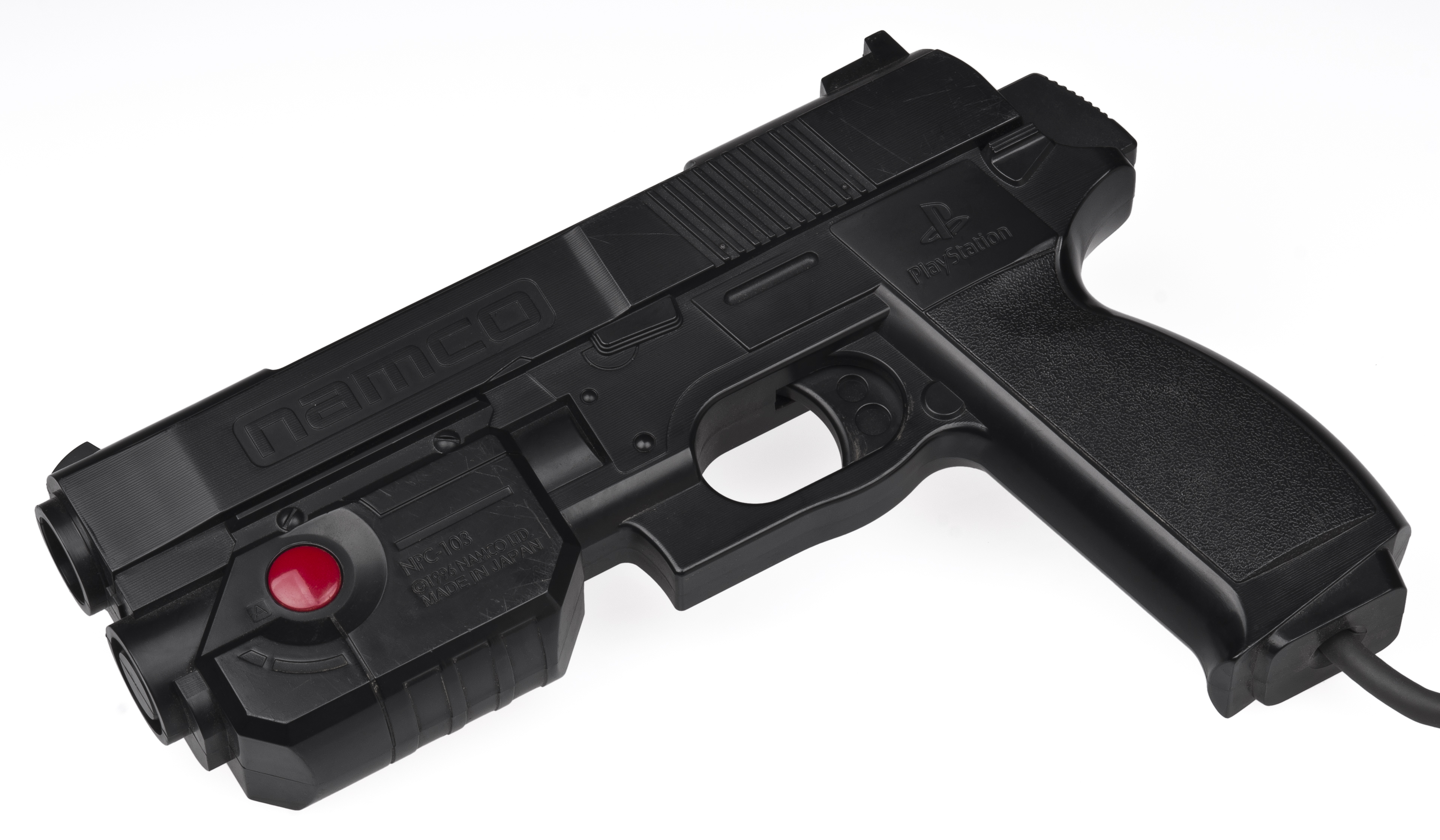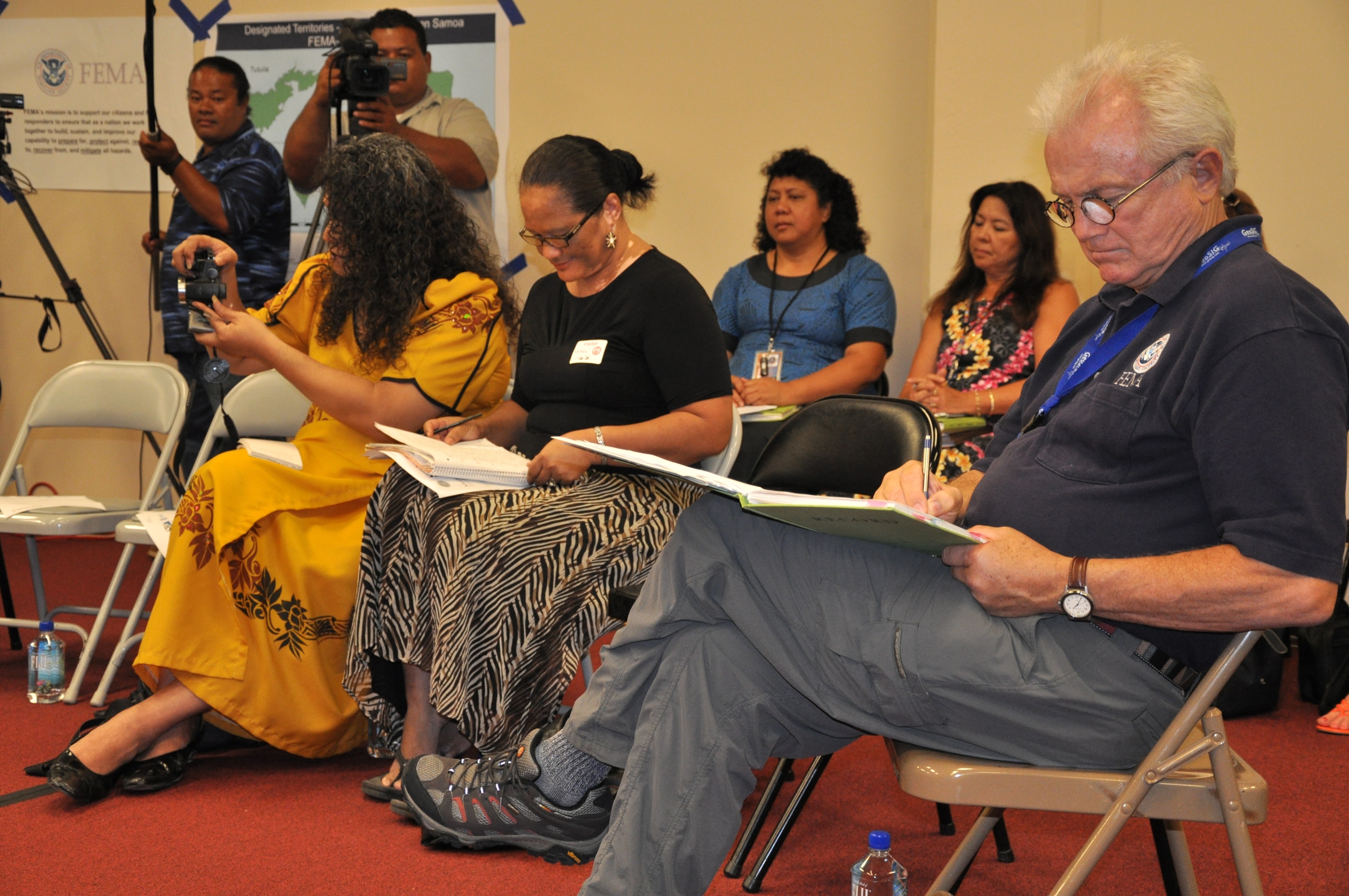|
GunCon 2
The , known as the G-Con in Europe, is a family of gun peripherals designed by Namco for the PlayStation consoles. The original controllers used traditional light gun technology, while newer controllers use LED tracking technology. Background The first GunCon NPC-103 (G-Con 45 in Europe) was bundled with the PlayStation conversion of ''Time Crisis''. To make the gun affordable to consumers, the force feedback feature of the ''Time Crisis'' arcade gun was omitted, and an additional fire button was included in lieu of releasing a pedal controller for the game's ducking mechanic. A second version of the GunCon, known as the GunCon 2 NPC-106 (G-Con 2 in Europe), was bundled with the PlayStation 2 conversion of ''Time Crisis II'' and ''Time Crisis 3''. ''Time Crisis 4'' came out for the PlayStation 3 bundled with the GunCon 3 NC-109 (G-Con 3 in Europe). In Japan, all three GunCon models were also available for sale as a separate accessory outside of a game bundle. Prior to the GunCon, ... [...More Info...] [...Related Items...] OR: [Wikipedia] [Google] [Baidu] |
Namco
was a Japanese multinational corporation, multinational video game and entertainment company, headquartered in Ōta, Tokyo. It held several international branches, including Namco America in Santa Clara, California, Namco Europe in London, Namco Taiwan in Kaohsiung, and Shanghai Namco in mainland China. Namco was founded by Masaya Nakamura (businessman), Masaya Nakamura on June 1, 1955, as beginning as an operator of coin-operated amusement rides. After reorganizing to Nakamura Seisakusho Co., Ltd. in 1959, a partnership with Walt Disney Productions provided the company with the resources to expand its operations. In the 1960s, it manufactured Electro-mechanical game, electro-mechanical arcade games such as the 1965 hit ''Periscope (arcade game), Periscope''. It entered the video game industry after acquiring the struggling Japanese division of Atari, Inc., Atari in 1974, distributing games such as ''Breakout (video game), Breakout'' in Japan. The company renamed itself Namco ... [...More Info...] [...Related Items...] OR: [Wikipedia] [Google] [Baidu] |
Allgame
RhythmOne , previously known as Blinkx, and also known as RhythmOne Group, is an American digital advertising technology company that owns and operates the web properties AllMusic, AllMovie, and SideReel. Blinkx was founded in 2004, went public on the AIM market of the London Stock Exchange in 2007, and began trading as RhythmOne in 2017. The company is headquartered in San Francisco, California, and London, England. RhythmOne acquired All Media Network and its portfolio of web properties in April 2015. In April 2019, RhythmOne merged with Taptica International (renamed Tremor International in June 2019), an advertising technology company headquartered in Israel. History Blinkx was named after blinkx.com, an Internet Media platform that connects online video viewers with publishers and distributors, using advertising to monetize those interactions. Blinkx has an index of over 35 million hours of video and 800 media partnerships, as well as 111 patents related to the site's ... [...More Info...] [...Related Items...] OR: [Wikipedia] [Google] [Baidu] |
PlayStation 3 Models
The PlayStation 3 (PS3) video game console has been produced in various models during its life cycle. At launch, the PlayStation 3 was available with either a 20, or 60 GB hard disk drive in the US and Japan, respectively— priced from US$499 to US$599; and with either a 40, 60, or 80 GB hard disk drive in Europe, priced from £299 to £425. Since then, Sony have released two further redesigned models, the "Slim" and "Super Slim" models. , the total number of consoles sold is estimated at 87.4 million. Original model There are several original PlayStation 3 hardware models, which are commonly referred to by the size of their included hard disk drive: 20, 40, 60, 80, or 160 GB. Although referred to by their HDD size, the capabilities of the consoles vary by region and release date. The only difference in the appearance of the first five models was the color of the trim, number of USB ports, the presence or absence of a door (which covers the flash card readers on eq ... [...More Info...] [...Related Items...] OR: [Wikipedia] [Google] [Baidu] |
D-pad
A D-pad (short for directional pad or digital pad; officially referred to by Nintendo as a +Control Pad) is a flat, usually thumb-operated, often digital, four-way directional control with one button on each point, found on nearly all modern video game console gamepads, game controllers, on the remote control units of some television and DVD players, and smart phones. Like early video game joysticks, the vast majority of D-pads are digital; in other words, only the directions provided on the D-pad buttons can be used, with no intermediate values. However, combinations of two directions (up and left, for example) do provide diagonals and many modern D-pads can be used to provide eight-directional input if appropriate. Although D-pads offer less flexibility than analog sticks, they can easily be manipulated (requiring little movement of the thumb) with very high accuracy. They are also far less demanding in maintenance and do not protrude very far from the controller, making them ... [...More Info...] [...Related Items...] OR: [Wikipedia] [Google] [Baidu] |
Guncon 2
The , known as the G-Con in Europe, is a family of gun peripherals designed by Namco for the PlayStation consoles. The original controllers used traditional light gun technology, while newer controllers use LED tracking technology. Background The first GunCon NPC-103 (G-Con 45 in Europe) was bundled with the PlayStation conversion of ''Time Crisis''. To make the gun affordable to consumers, the force feedback feature of the ''Time Crisis'' arcade gun was omitted, and an additional fire button was included in lieu of releasing a pedal controller for the game's ducking mechanic. A second version of the GunCon, known as the GunCon 2 NPC-106 (G-Con 2 in Europe), was bundled with the PlayStation 2 conversion of ''Time Crisis II'' and ''Time Crisis 3''. ''Time Crisis 4'' came out for the PlayStation 3 bundled with the GunCon 3 NC-109 (G-Con 3 in Europe). In Japan, all three GunCon models were also available for sale as a separate accessory outside of a game bundle. Prior to the GunCon, ... [...More Info...] [...Related Items...] OR: [Wikipedia] [Google] [Baidu] |
Time Crisis
''Time Crisis'' is a first-person on-rails light gun shooter series of arcade video games by Namco, introduced in 1995. It is focused on the exploits of a fictional international intelligence agency who assigns its best agents to deal with a major threat by a hostile organisation, which has ranged from criminals, terrorists, to hostile military outfits, and mostly take place within fictional locations across the world. The arcade series differed from other light gun shooters of its time by incorporating unique mechanics, including the ability to duck into cover to dodge attacks and reload the player's weapon, and forcing players to complete battles in each level within an allotted amount of time. Over time, the series developed to incorporate additional features of gameplay, including two-player co-operative modes on arcade machines, the ability to use additional weapons in combat, and dealing with dangerous events. Alongside arcade machines, the series was also developed for c ... [...More Info...] [...Related Items...] OR: [Wikipedia] [Google] [Baidu] |
Public Relations
Public relations (PR) is the practice of managing and disseminating information from an individual or an organization (such as a business, government agency, or a nonprofit organization) to the public in order to influence their perception. Public relations and publicity differ in that PR is controlled internally, whereas publicity is not controlled and contributed by external parties. Public relations may include an organization or individual gaining exposure to their audiences using topics of public interest and news items that do not require direct payment. The exposure mostly is media-based. This differentiates it from advertising as a form of marketing communications. Public relations aims to create or obtain coverage for clients for free, also known as earned media, rather than paying for marketing or advertising also known as paid media. But in the early 21st century, advertising is also a part of broader PR activities. An example of good public relations would be ge ... [...More Info...] [...Related Items...] OR: [Wikipedia] [Google] [Baidu] |
Ziff Davis
Ziff Davis, Inc. is an American digital media and internet company. First founded in 1927 by William Bernard Ziff Sr. and Bernard George Davis, the company primarily owns technology-oriented media websites, online shopping-related services, and software services. History The company was founded by William B. Ziff Company publisher Bill Ziff Sr. with Bernard Davis. Upon Bill Ziff's death in 1953, William B. Ziff Jr., his son, returned from Germany to lead the company. In 1958, Bernard Davis sold Ziff Jr. his share of Ziff Davis to found Davis Publications, Inc.; Ziff Davis continued to use the Davis surname as Ziff-Davis. Throughout most of Ziff Davis' history, it was a publisher of hobbyist magazines, often ones devoted to expensive, advertiser-rich technical hobbies such as cars, photography, and electronics. Since 1980, Ziff Davis has primarily published computer-related magazines and related websites, establishing Ziff Davis as an Internet information company. Ziff Davis ... [...More Info...] [...Related Items...] OR: [Wikipedia] [Google] [Baidu] |
Electronic Gaming Monthly
''Electronic Gaming Monthly'' (often abbreviated to ''EGM'') is a monthly American video game magazine. It offers video game news, coverage of industry events, interviews with gaming figures, editorial content and product reviews. History The magazine was founded in 1988 as U.S. National Video Game Team's ''Electronic Gaming Monthly'' under Sendai Publications. In 1994, ''EGM'' spun off '' EGM²'', which focused on expanded cheats and tricks (i.e., with maps and guides). It eventually became ''Expert Gamer'' and finally the defunct ''GameNOW''. After 83 issues (up to June 1996), ''EGM'' switched publishers from Sendai Publishing to Ziff Davis. Until January 2009, ''EGM'' only covered gaming on console hardware and software. In 2002, the magazine's subscription increased by more than 25 percent. The magazine was discontinued by Ziff Davis in January 2009, following the sale of '' 1UP.com'' to UGO Networks. The magazine's February 2009 issue was already completed, but was not pu ... [...More Info...] [...Related Items...] OR: [Wikipedia] [Google] [Baidu] |
Maximum Force
''Maximum Force'' is a light gun shooter arcade game developed by Mesa Logic for Atari Games in 1997. In 1998, Atari Games re-released the game as part of one machine called ''Area 51''/''Maximum Force'' Duo that also included ''Area 51'', and later ported the game to both the Sony PlayStation and Sega Saturn game consoles. Like its predecessor ''Area 51'', ''Maximum Force'' uses digitized video stored on an on-board hard disk, and red gibs into which every enemy blows apart when shot, in exactly the same way. While enemies, innocents, and explosions are 2D digitized video sprites, the levels and vehicles are pre-rendered in 3D. Released into markets increasingly dominated by games with polygon graphics, ''Maximum Force'' was a critical failure, with many citing generic and dated gameplay, unrealistic death animations, and short length, but a commercial success. Gameplay Players are given this role of an unnamed anti-terrorism special agent and spy engaging in three major ... [...More Info...] [...Related Items...] OR: [Wikipedia] [Google] [Baidu] |







